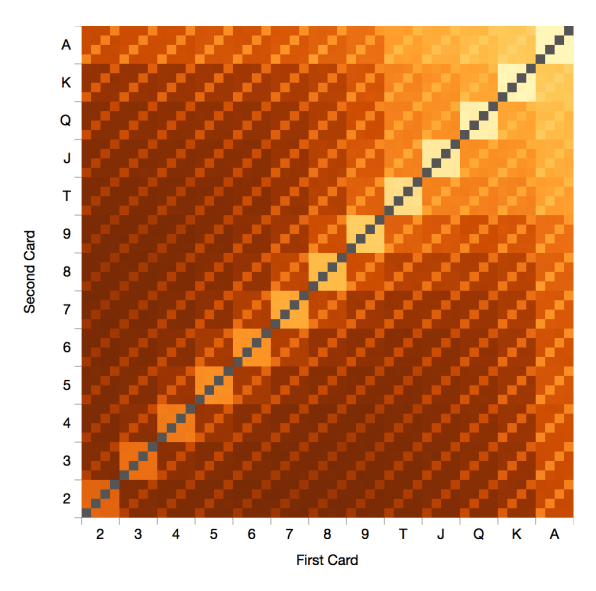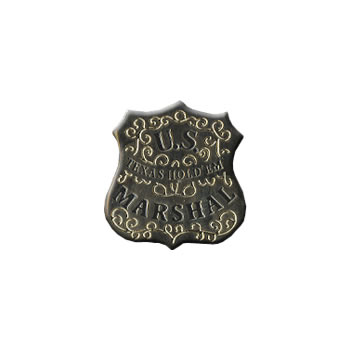Holdem Eq
Equity and EV connection example. Hero ($100): A K Villain ($100): T J Board: A Q 4 Our Equity: 56% Pot: $200 According to PokerStove, we have 56% equity on the flop. This means that we have 56% chance of winning by the river and therefore 56% of the pot currently “belongs” to us. A video manual for HoldEq.
Most of you have probably heard something about game theory, a topic some poker players have gotten curious about and studied. If you're one of those players, you might also have heard of 'Nash equilibrium,' which is a concept that comes out of game theory.
'Nash equilibrum' is named after a mathematician named John Forbes Nash, Jr. who came up with the idea during the middle of the 20th century. Here is a definition:
'If each player has chosen a strategy and no player can benefit by changing strategies while the other players keep theirs unchanged, then the current set of strategy choices and the corresponding payoffs constitute a Nash equilibrium.'
Nash proved that if we allow mixed strategies, then every game with a finite number of players in which each player can choose from finitely many pure strategies has at least one Nash equilibrium. Do you follow? That means within any game if there are a finite number of strategies available, there's at least one combination where the strategies chosen will create a Nash equilibrium.
If you think about it, that means that every poker situation and poker in general has its own Nash equilibrium. In theory, if everyone plays perfectly, even no-limit hold'em is a solved game.

Should we start panicking? No, not yet.

First of all, there is a huge difference between knowing there is a Nash equilibrium and finding one. Right now we are able to find Nash equilibriums only in the easiest spots in NLHE -- say in a heads-up 'pushbot' (all in or fold) game, or when looking specifically at our river bet-call strategy. But it's getting too complicated if we try to do it in a harder spot -- indeed, in most spots.

Let's look at a small example.
We are playing three-handed, and only two players make the money. The blinds are 120/240. One player has 3,000 chips, we have 2,000, and a third player has just one chip.
The guy with one chip is on the button and he folds. We are in the small blind. Nash equilibrium here would be to push ~13% for us and the big blind to call ~7.5%. Ranges are that tight, because you don't want to bust out before the one-chip guy. But let's say guy in the big blind is a huge fish who would call us with [7][6]-suited and hands like that. That move is very unprofitable for him, but it's also very unprofitable for us -- to the point where our push becomes very, very negative EV.
Holdem Eq
The winner in this situation? That guy with one chip who folded. He is getting tons of value despite having just one chip and folding first to act.
As this example shows, using the range from Nash equilibrium does not guarantee you profit or even to break even. That's the most widespread misconception about 'GTO' or game theory optimal play -- that there exists an 'ideal' strategy that guarantees you at least breaking even, no matter how your opponents play. As we've seen that's not the case, because Nash equilibrium only works if everyone is playing perfectly. In fact, if someone is not playing perfectly and making mistakes, that can affect you in a negative way.


Holdem Eq Spells
So don't worry... :) Poker will always be the game we love, a game where you constantly have to adapt to what others do. A game in which no 'secret math strategy that beats everything' exists.